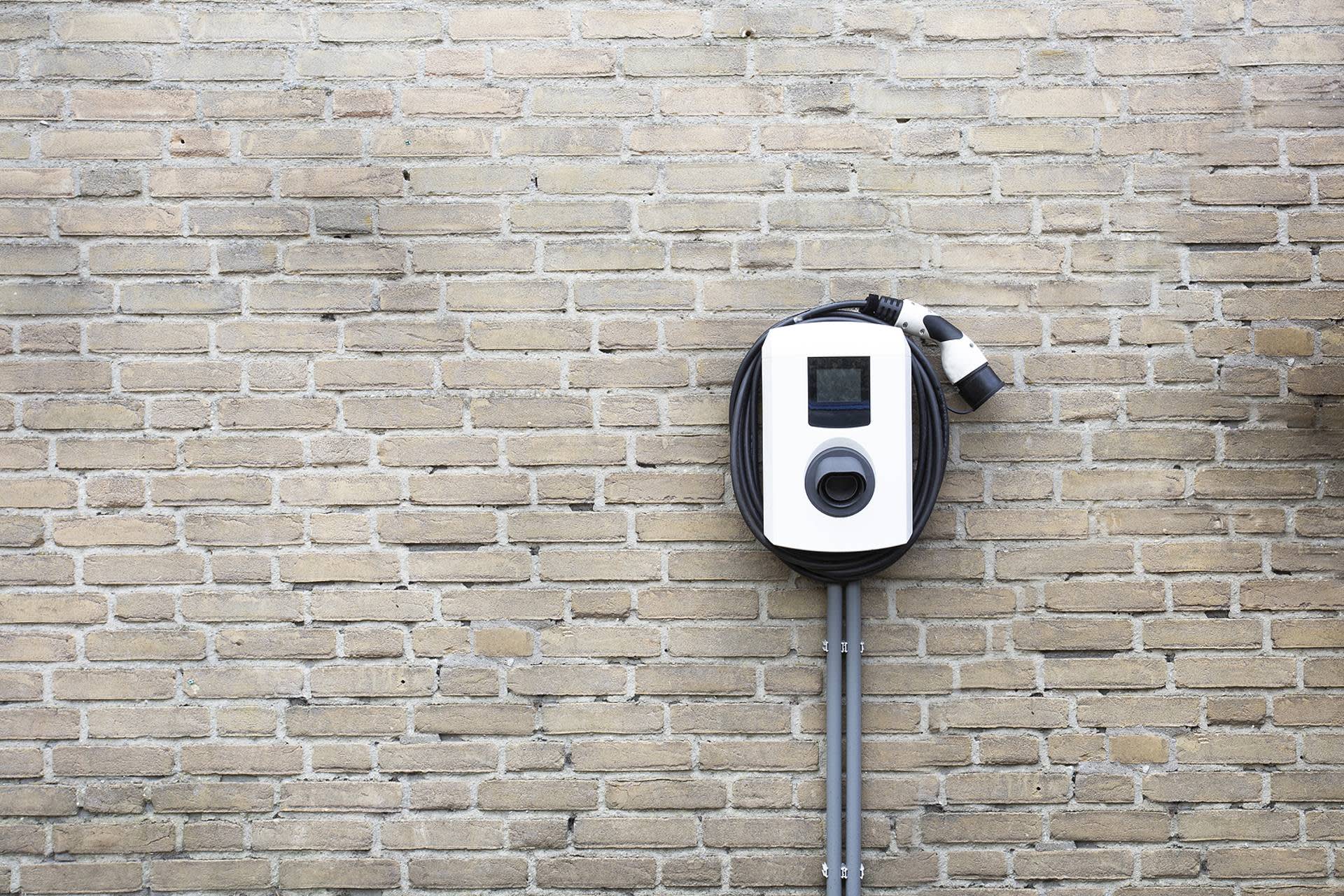What does a good fleet electrification strategy look like?
The UK automotive industry’s moving quickly towards eliminating heavily polluting vehicles from our roads. In 2030 the ban on the sale of new internal combustion engine (ICE) cars and light commercial vehicles will start, making forward planning vital.
The IPCC’s special report revealed the true extent of the climate crisis, placing an urgent emphasis on science and innovation. Businesses need to react quickly to play their part in helping the UK to achieve net zero by 2050. For those with fleets, this means going electric.
Fleet electrification requires careful consideration and forward-planning. Decision makers need to think about this change ahead of the upcoming ban, or risk costly delays and disruption to business-as-usual.
The first step on any electric vehicle (EV) journey is to devise an electrification strategy. But with so many things to consider - from government regulations to vehicle selection - many businesses may wonder: what does a good electrification strategy look like?

It’s cost-inclusive (and realistic)
Cost is always a priority for fleet decision makers. Your electrification strategy should include a true reflection of the costs of electrifying the fleet, both upfront capital investment and the total cost of ownership over its lifetime.
Before introducing EVs into your fleet, put together a suitability assessment. This helps decision makers determine which vehicles are suitable for EV conversion and how these compare against their old ICE fleet for cost.
By analysing their current fleet use – including milage and load requirements – businesses can start to work out the total electrification cost. This includes the cost to purchase or lease the vehicles, as well as operational costs, such as maintenance and tax and congestion charge exemptions.
A good electrification strategy includes the associated cost of charging infrastructure. Installing charge points is a significant investment for many businesses - although there are government incentives and subsidies available. Alongside installation cost, there’s also increased energy spend needed to power them.
All of these costs will help prove to your business that the initial outlay provides tangible cost savings in the future.
It’s future proofed
Thinking ahead is crucial to avoid the hassle and expense of making further changes in future.
For example, businesses may only plan their charging station needs for today, not for when the fleet grows.
We recommend considering your mid to long-term infrastructure needs when creating your strategy. How big is your fleet now, and how quickly is it expected to grow? What’s the goal for the total size of the fleet? For growing businesses, futureproofing means making an investment that caters for the long-term.
A good electrification strategy looks beyond the 2030 ban and reflects an organisation’s wider ambition to meet its sustainability objectives. EV uptake will increase after the ban, but businesses should prepare now to stay ahead of the curve. This will help develop a trickle-down approach to EV transition, avoiding the need for bulk-purchasing electric cars in the future.
It’s data-driven
There’s more to EV adoption than the infrastructure and the vehicles themselves. Ongoing maintenance and fleet optimisation are also essential and important considerations. Innovative technologies like telematics give businesses access to their fleet data, allowing them to continuously improve and identify issues at an early stage.
EV-specific telematics devices provide data on everything from vehicle location and battery charge, to mileage and driving efficiencies, all from one central reporting hub. These data-driven insights can spot vehicle problems in real-time, and justify sustainability claims.
There’s room for further innovation within an electrification strategy, and businesses should be thinking about how to stay ahead. By looking forward, they can take advantage of imminent advances such as vehicle developments within the LCV and HGV markets, and Vehicle-to-Grid charging.
Protecting the future of your business
These are just a few of the cornerstones of a good electrification strategy. Fleet electrification can be a tricky business, and there are many more steps that fleet decision makers need to take to ensure a smooth transition. Luckily, the right partner can help simplify the process.
The next decade will see the overwhelming majority of organisations electrify their fleet as part of the UK’s wider push towards net zero. Those that act early, putting in place a cost-inclusive and forward-facing strategy, will find themselves at a huge advantage.
Click below to download our 8 steps to electrification guide and start your journey today.
Download EV GuideDisclaimer
We’ve used all reasonable efforts to ensure that the content in this article is accurate, current, and complete at the date of publication. However, we make no express or implied representations or warranties regarding its accuracy, currency or completeness. We cannot accept any responsibility (to the extent permitted by law) for any loss arising directly or indirectly from the use of any content in this article, or any action taken in relying upon it.


